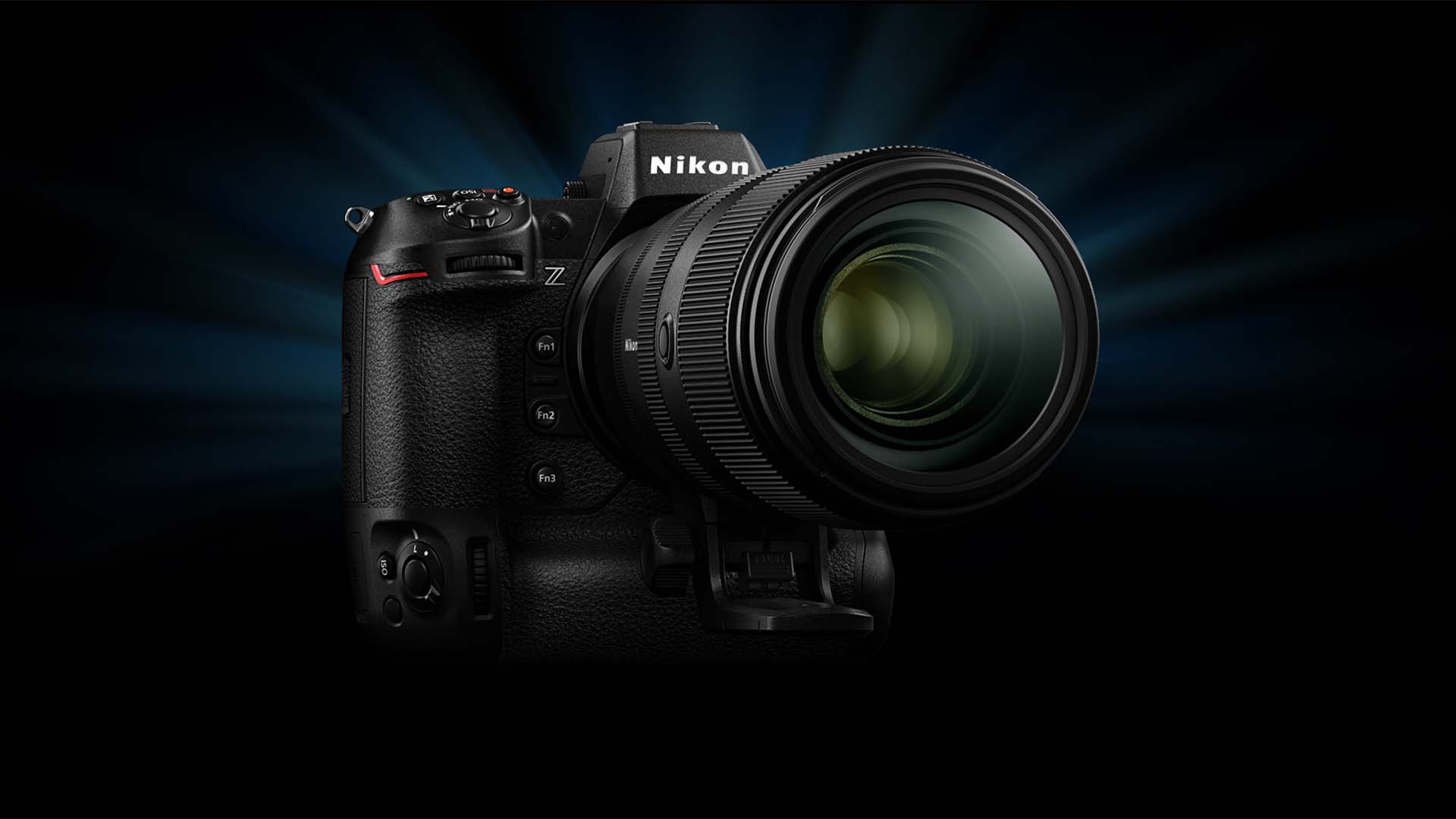
IntoPIX has announced that it is providing the raw format for the Nikon Z9 with its TicoRAW codec.
Continuing a theme of video-capable stills cameras with pan-galactically huge specifications, Nikon's Z9 is something we already suspect will be spectacular: a full-frame, 45-megapixel camera capable of onboard recording 8K video. Now, it's to get onboard raw recording via intoPIX's TicoRAW, an interesting codec family we discussed back in January, a development sure to gladden the hearts of drone specialists working on IMAX shows and anyone else who needs a lot of picture in a small box.
There are two aspects of this which are worth examining. One is technical. One isn't.
Technically, the addition of raw recording is projected to allow the Z9 to record 8K at up to 60fps with firmware that's due in 2022. The Z9 is already a hugely well-specified machine with plenty to tickle the fancy of both stills and motion picture people, with one of its most novel features being the simple decision to delete the mechanical shutter.
The company suggests that it has an extremely fast rolling shutter, minimising skew - and bear in mind that actual film DSLRs from back in the day could generate skew given a high shutter speed and a mechanical shutter sufficiently close to the focal plane. The sheer speed of the sensor is a huge part of the appeal of this camera; it'll do 120 frame per second bursts at 11 megapixels, making it a sport photographer's dream. Whether the camera keeps the fast readout active in video mode we'll discover at review, but the underlying technology bodes well.
IntoPIX TicoRAW
The technology underlying some of IntoPIX's codecs is JPEG XS, with the XS suffix (which has been supposed to stand for "extra-small", but officially doesn't) indicating a compression algorithm designed to avoid working the host system too hard. It's easy to overlook the reality that codecs could have a lot more performance quite easily, packing more image quality into smaller files, at the penalty of requiring a young supercomputer to decode and, particularly, to encode. That places limits on what can be done in battery-powered, pocket-sized devices like stills cameras and cellphones, and designs like Tico (which reportedly means "tiny codec") are designed to address that need. Many such codecs have been designed using specific knowledge of how these things are often implemented in the guts of the processing electronics in order to optimise the design.
So, the combination of the enormously-capable sensor and a codec capable of handling all that enormousness ought to be interesting, inasmuch as it's always interesting to meet the digital offspring of an imaginary ménage à trois between VistaVision, IMAX and Cinerama. That's good. What's potentially even more interesting in the context of the wider state of camera technology is that Nikon's announcement also sticks a toe daringly into the malodorous, lawyer-infested swamp of modern intellectual property law, given that aspects of compressed onboard raw recording are made proprietary by various patents.
That reality has already affected the market. The offboard raw recording market, leveraged to such great effect by Blackmagic and Atomos, probably owes at least a measure of its success not to technology, but to the legal situation. The fact that Kinefinity's MAVO Edge had internal ProRes raw on some of the early spec sheets, then abruptly didn't anymore, may owe something to the same situation. Similar considerations may also have motivated some of the design decisions behind Blackmagic Raw which is implemented in cameras, but could perhaps better be referred to, without being unkind, as Blackmagic Bloody as Hell.
Whether or not the internal design of the TicoRAW codec is trying to negotiate a similarly circuitous mathematical slalom around the pillars of other people's business is hard to tell, but it seems unlikely; JPEG is quite clear that the XS Raw implementation is intended to directly handle Bayer data; and the TicoRAW website shows a neat little chart depicting a filter-arrayed sensor, camera module and processing. The details will be in exactly how Nikon has implemented it, which of course may have implications for handling in post production.
In the end, the fact that 8K raw in a stills camera is even possible - albeit a reasonably large, chunky camera - is even technically possible is something to celebrate.
Tags: Production News Cameras


Comments